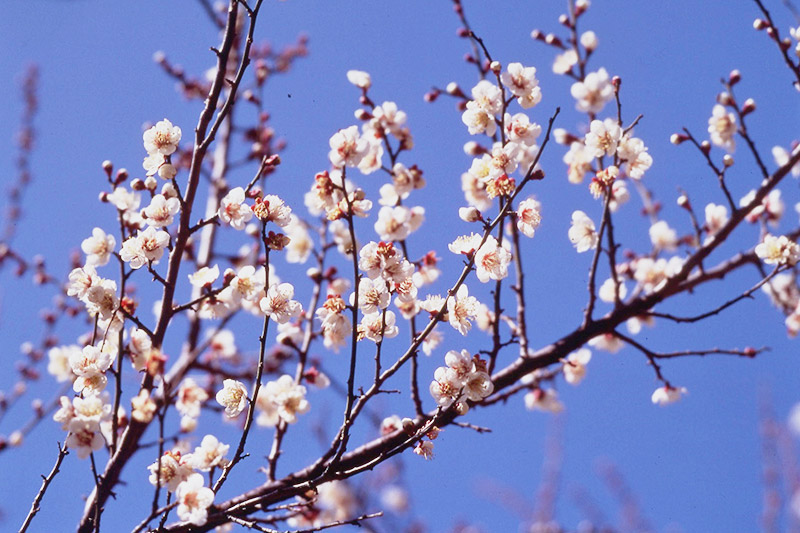Ume vs Sakura Exploring the Differences Between Japan’s Iconic Blossoms
04.03.2023 | Blog

Sakura may be Japan's most iconic flower, celebrated annually during the Sakura season in spring. But did you know that Ume blossom is just as important? You might be surprised to learn how similar and different these two blossoms are. In this blog post, we'll delve into the unique qualities of each flower and explore what makes them so special.
Ume Blossoms

- Appearance: Pink or white petals with a rounder shape than Sakura blossoms
- Blooming Season: Late February to early March
- Symbolism: A symbol of endurance and perseverance, associated with the arrival of spring and the start of the year in old Japanese calendar
- Culinary Uses: Used to make umeboshi (sour pickled plums), Umeshu (also known as *Plum Wine), and other traditional Japanese dishes
*Visit The Difference between Umeshu and Plum Wine if you’re interested in the difference.
Sakura Blossoms

- Appearance: Light pink to white petals with a five-petaled star shape
- Blooming Season: Late March to early May
- Symbolism: A symbol of renewal and the fleeting nature of life, associated with the samurai and the start of the school year
- Culinary Uses: Used to flavor traditional Japanese sweets, tea, and alcohol
Similarities and Differences
- Both Sakura and Ume blossoms are adored for their beauty and symbolism in Japan.
- Sakura blossoms are typically more well-known and celebrated, but Ume blossoms have their own cultural significance.
- While both blossoms can be used in culinary applications, they are typically used for different purposes and flavors.
From Ume Blossoms to Ume Fruits
There are many different varieties of Ume trees, with a classification of flowering Ume and fruiting Ume, selected according to their intended purpose.
- Flowering Ume: primarily for enjoying the flowers
- Fruiting Ume: primarily for harvesting fruit
The Ume fruit used in CHOYA products is made from fruiting Ume. It can take more than 10 years for the plant to bear fruit when growing a seedling from a Ume seed and nurturing it to sprout. One characteristic of the fruiting Ume tree is that flowers and fruit do not grow on old branches, so pruning the old branches is necessary to encourage new growth. CHOYA collaborates with Ume growers in Japan to produce the finest Ume fruits for CHOYA products.
Both of Japan's iconic blossoms hold a special place in Japanese culture and cuisine. Springtime in Japan is an enchanting experience, where the beauty of nature and the spirit of new beginnings blend together to create a sense of happiness and revitalization. So, whether you prefer the delicate charm of Sakura or the enduring quality of Ume, both blossoms are worth celebrating during Japan's glorious springtime.
Subscribe Our Newsletter
If you're interested in staying updated with the latest news and offers from CHOYA USA, consider becoming a subscriber to our newsletter.